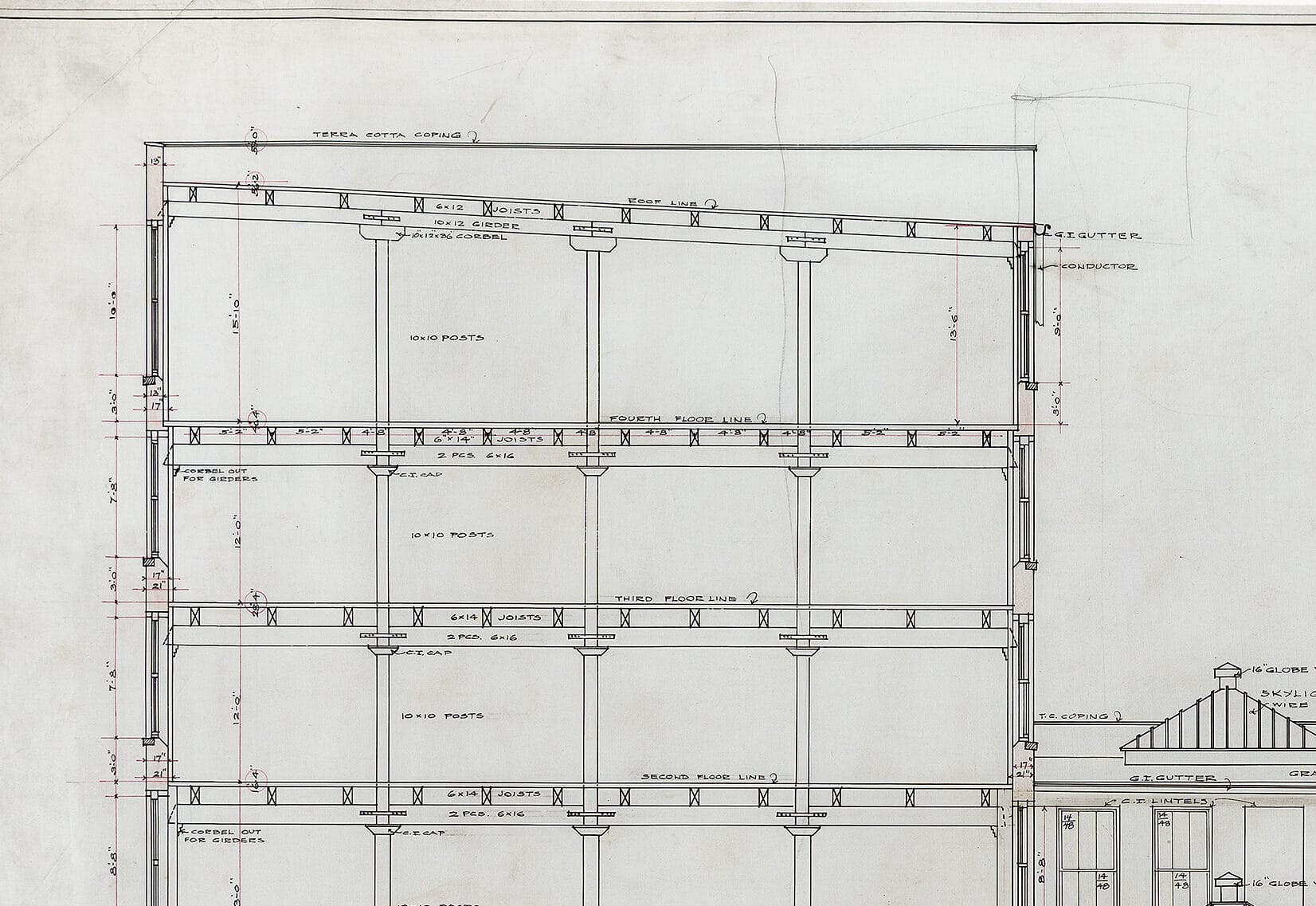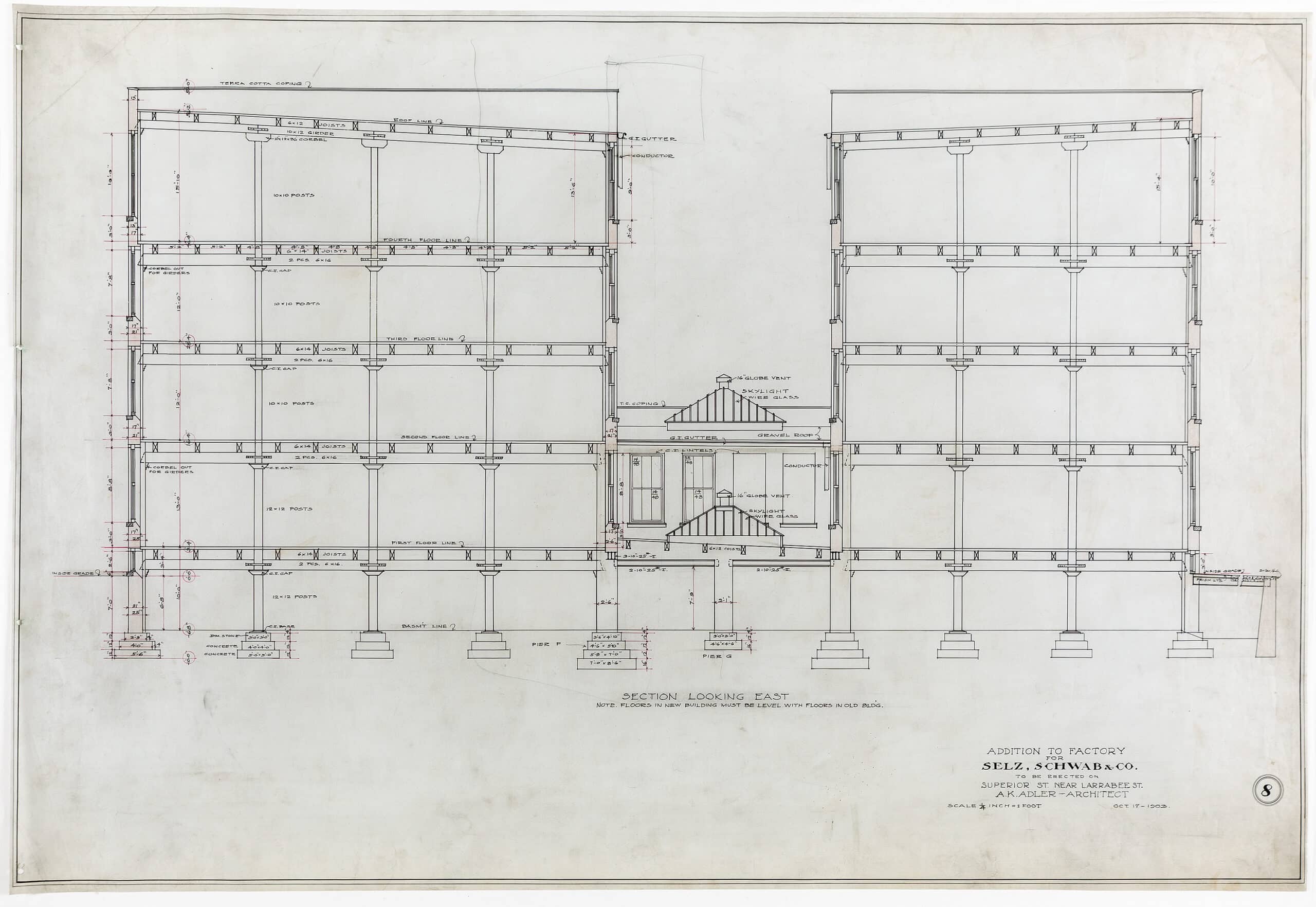Insignificance 1: Discipline

The space of the architectural imagination resides within the discourses of line. This space defines the boundaries of a practice of conceptualising the laws of the place [1] whereby through an array of ordinances, the architectural line constitutes ‘the objects which it pretends only to describe realistically and to analyse objectively’. [2] This definition, which speaks only of the discipline of architecture, as opposed to any other related discipline, reads architecture as an ensemble of mnemonically coded lines, situated upon and within the space of the picture plane, and no more. [3]

The text above is excerpted from Gordon Shrigley, Insignificance: A short discourse on the physical and ideational economy of line within architectural representation (Solitude Editions, 1998). Now, twenty years after Insignificance was first published, Gordon Shrigley has revisited the publication for a series of postings on Drawing Matter. Each of these posts pair passages from the book with drawings in the Drawing Matter collection to extend the discussions set out in the original publication.
This first text, ‘Discipline’, is a summary of the book and an explanation of Shrigley’s reading of line and the limits of architectural drawing as ‘being essentially a description of the laws of the place and not space’. As he has described, this is not a commonly held view among architects, most considering architectural drawings as descriptions or projections of space. ‘Insignificance was written therefore on the basis that this is a fiction. As architectural drawings within my reading can only ever describe the relationships between cadavers (objects) and not space, which as a historically produced event, cannot be described within the confines of a linear graphic language, but only importantly alluded too.’ (From an email to the Drawing Matter editors, March 2021.)
Notes
- Throughout this essay I shall be employing a fundamental distinction between place and space, after De Certeau, whereby place is the realm of the inanimate, and space, of the animate, to quote:
‘In our examination of the daily practices that articulate that experience, the opposition between “place” and “space” will rather refer to two sorts of determinations in stories: the first, a determination through objects that are ultimately reducible to the being – there of something dead, the law of a “place” (from the pebble to the cadaver, an inert body always seems, in the west, to found a place and give it the appearance of a tomb), the second, a determination through operations which, when they are attributed to a stone, tree, or human being, specify “spaces” by the actions of historical subjects.’
(Michel De Certeau, ‘Spatial Stories’, in The Practices of Everyday Life, trans., Steven Rendell [University of California Press, 1984], 118.)
For a thorough explication of the above distinctions for reading architecture, see: Meaghan Morris, At Henry Parkes Motel (Cultural Studies Journal, January 1988.) - ‘Tropic is the shadow from which all realistic discourse tries to flee. This flight, however, is futile; for tropics is the process by which all discourse constitutes the objects which it pretends only to describe realistically and to analyse objectively.’ Hayden White, ‘Tropics of Discourse, Essays in Cultural Criticism,’ [John Hopkins University, 1978], 2.)
- This definition, distinguishes between architecture, defined as a discipline concerned primarily with relationships between inanimate objects, which some may call proportion, rhythm, dynamic equilibrium and the built drawing as resident within a social space, produced by historically contingent transformative subjects. Therefore, it could be stated within the confines of this distinction that architecture is confined to the volumetric relationships between objects, and not with space, and so architecture begins here, literally at the edge of (social) space.
